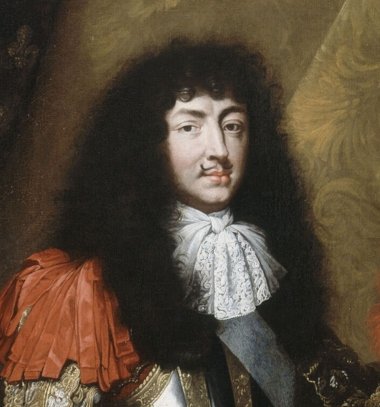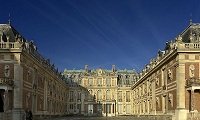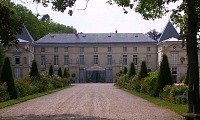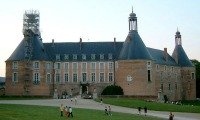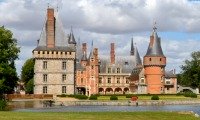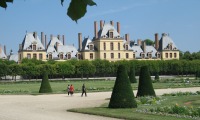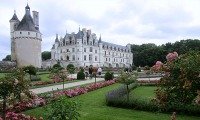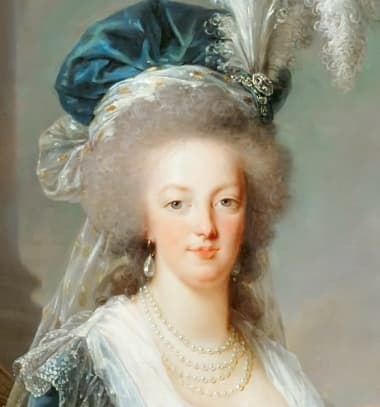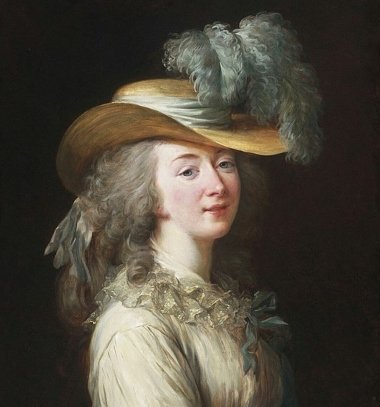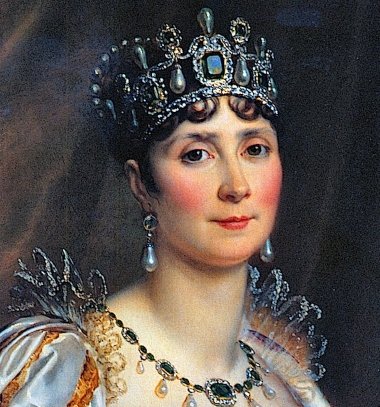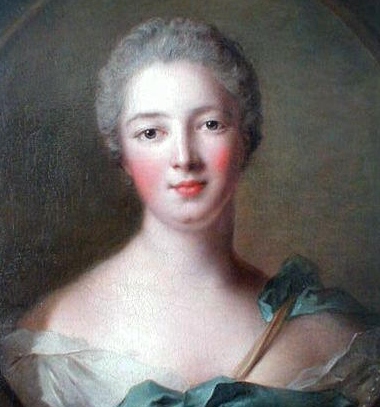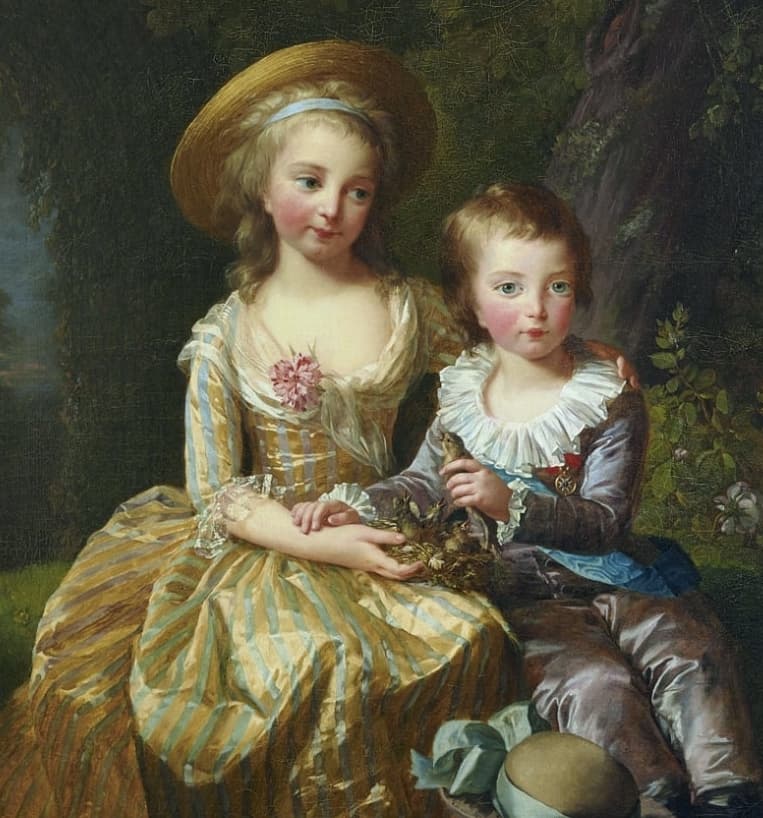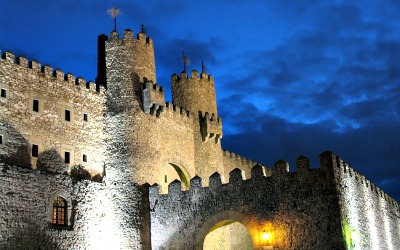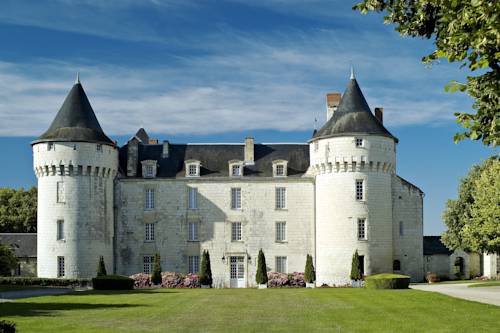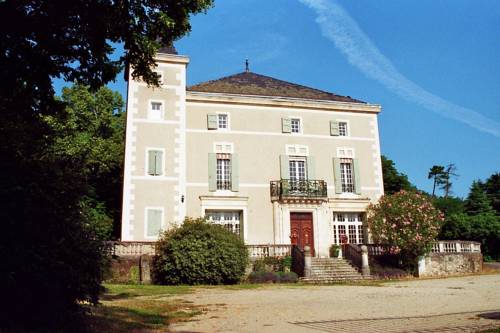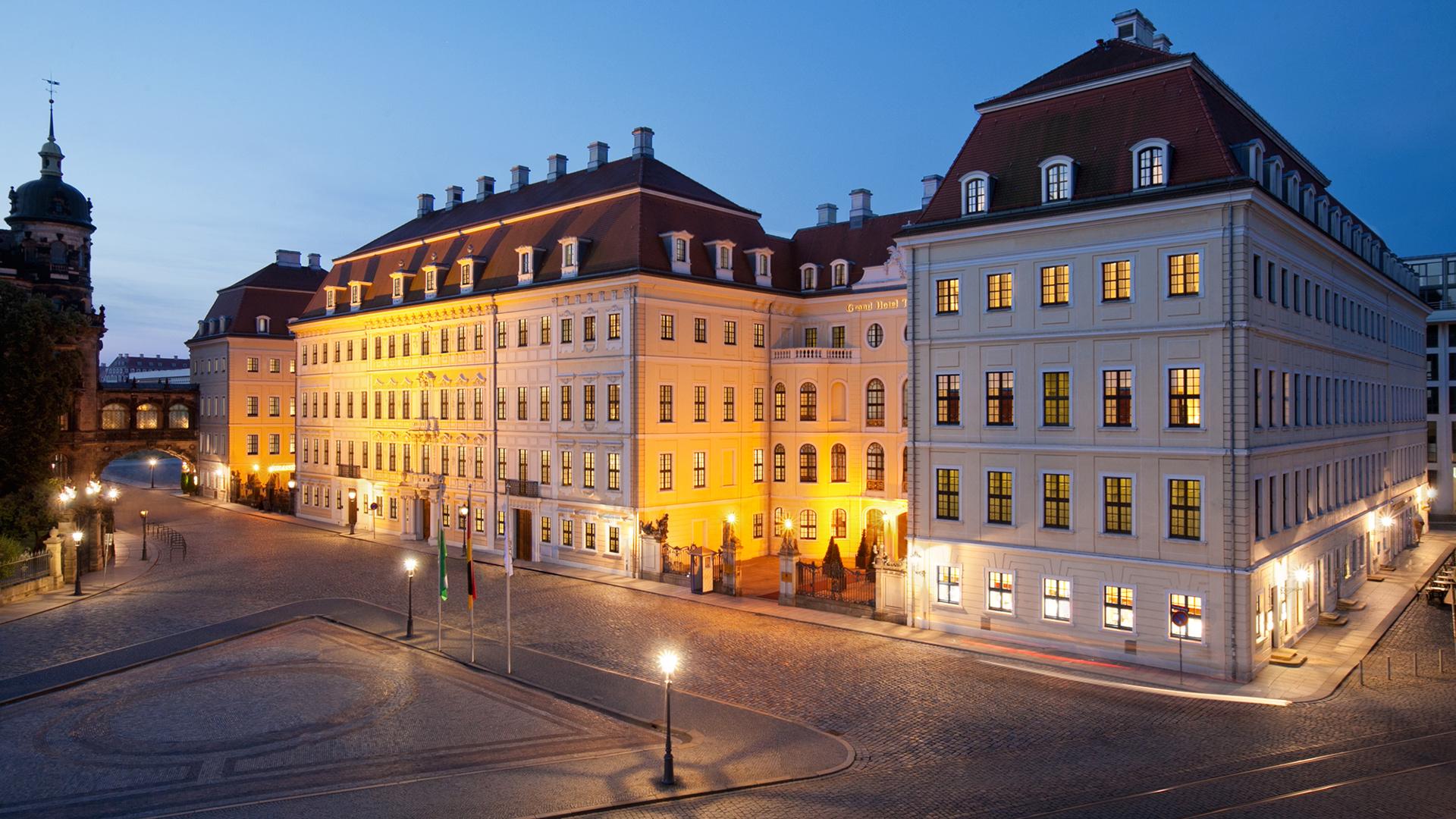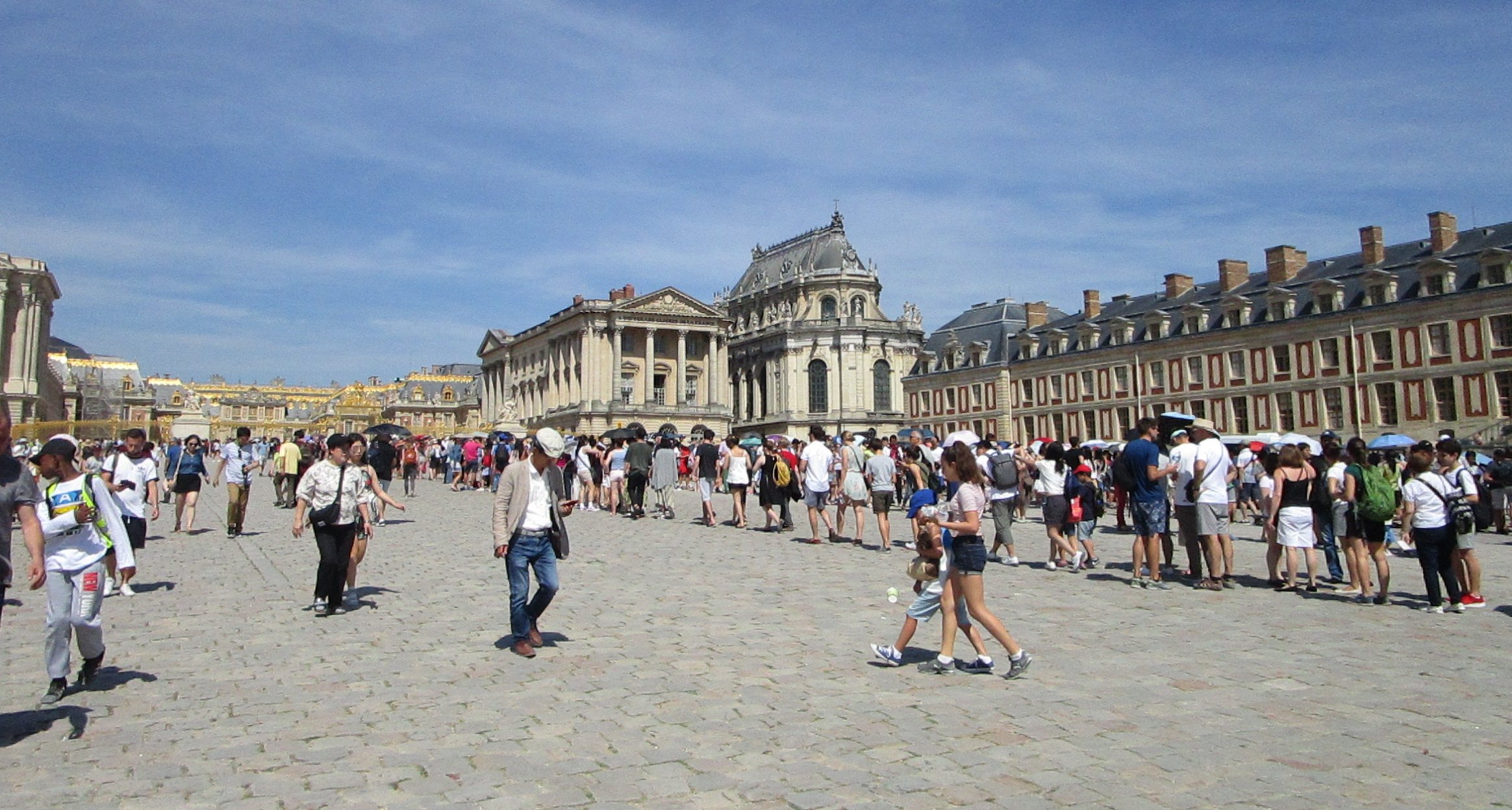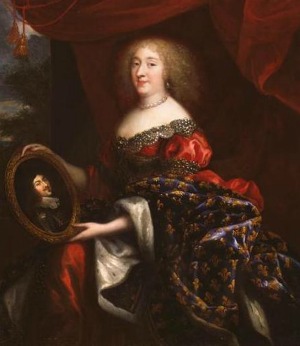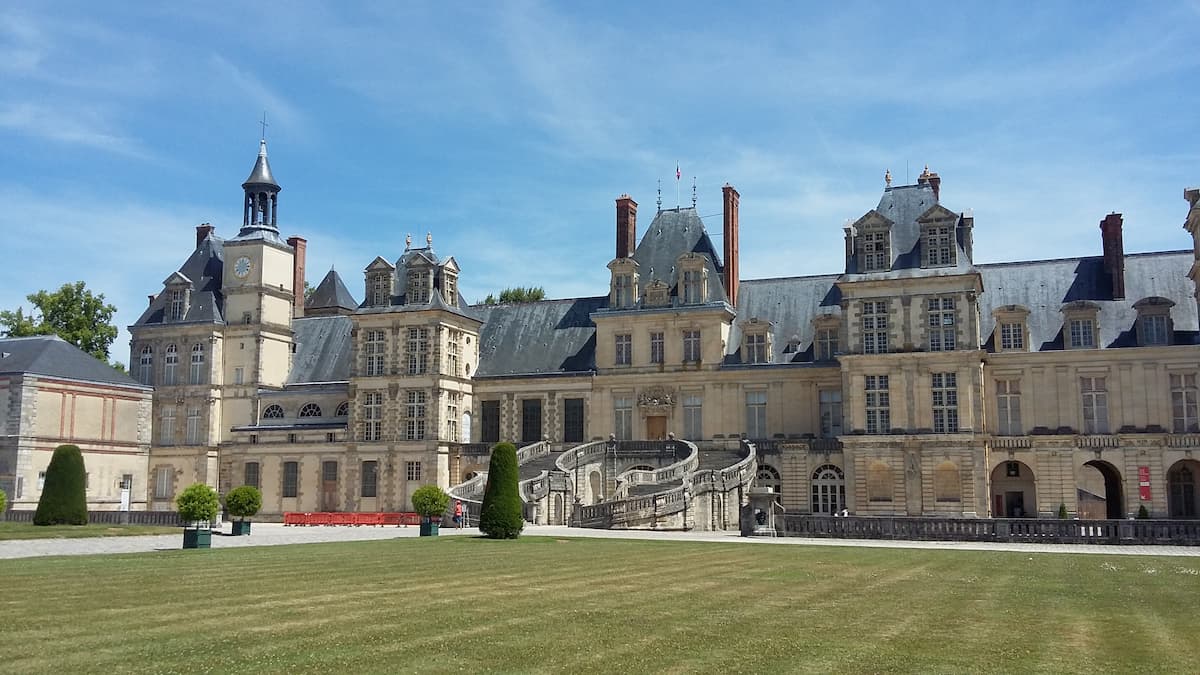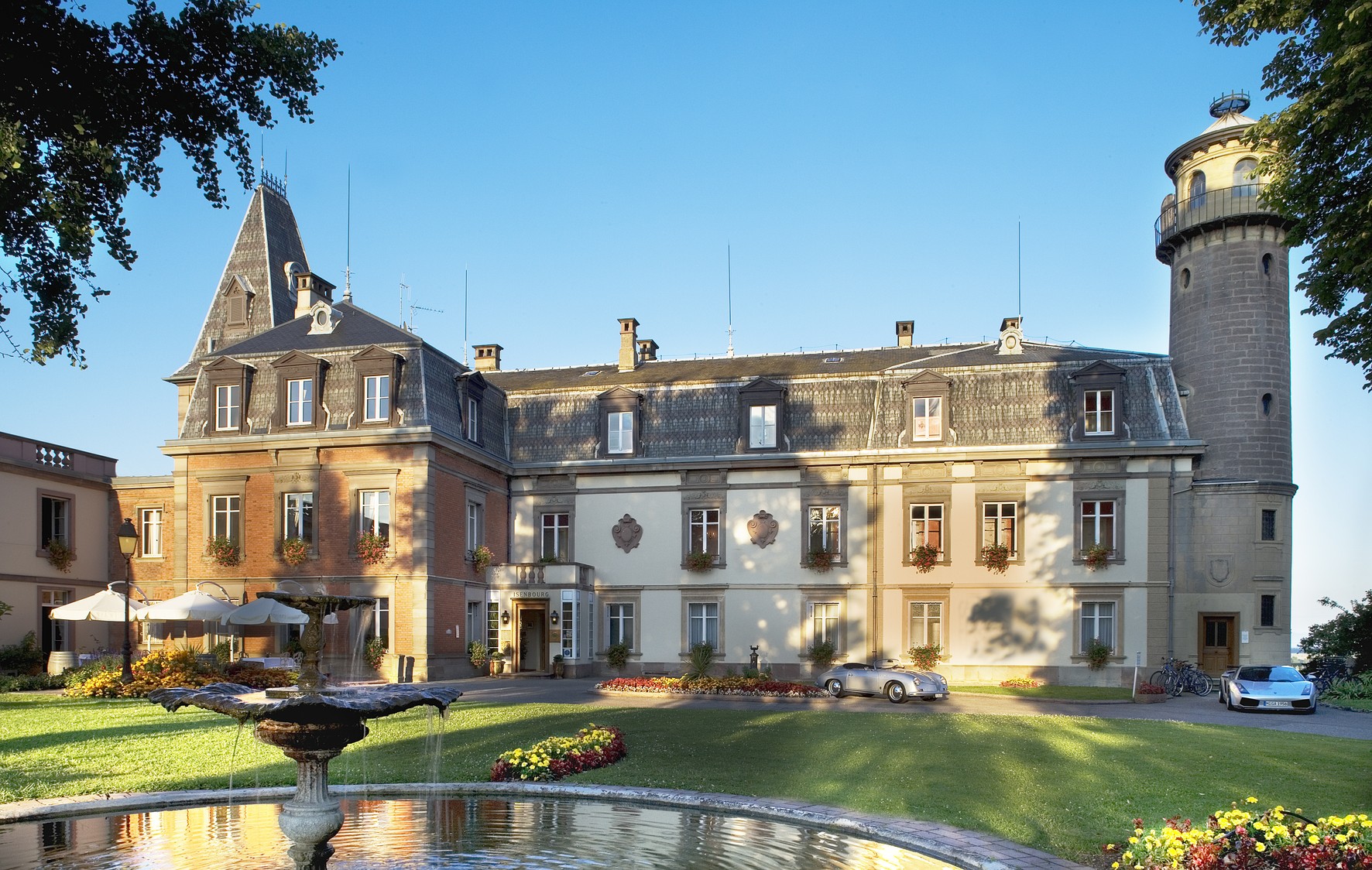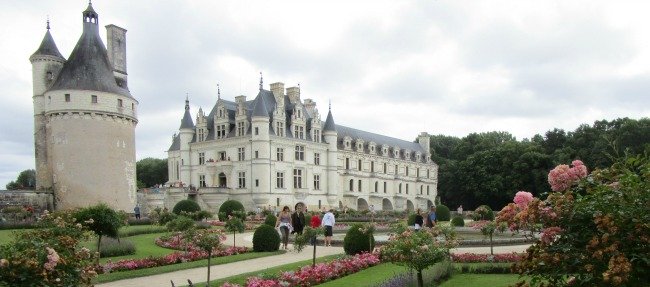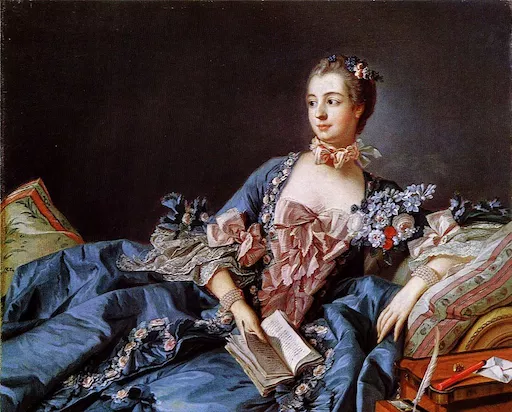French Monarchs and Their Castles
France has a rich history of royal rule, spanning over a millennium. From the establishment of Francia in 486 until the execution of Louis XVI in 1793, three dynasties rules over France .
All these French monarchs, and the Dukes, Marquises, Earls and Barons that surrounded them, left behind an impressive legacy of French castles. Over 300 of these can be found in the Loire Valley alone!
DISCLOSURE: I get commissions for purchases made through some of the links in this article.
The Merovingian and Carolingian Dynasties
The first rulers of Francia where the Merovingian dynasty, founded by Childeric I.
His son Clovis I was the first king of the Franks. He united all the Frankish tribes under one ruler and made sure that his heirs inherited the kingdom. He ruled from 481 when his father died.
The Merovingian dynasty lasted until 751, when Pepin the Short, was crowned King of the Franks.
Pepin was the first of the Carolingian dynasty who than ruled France until 987 (with some interruptions).
Charlemagne
The most famous of the Carolingian kings was Charles the Great, also known as Charlemagne. He united most of Western Europe during his Reign from 25 December 800 until 28 January 814.
Charlemagne, expanded his empire across much of Western Europe. His reign marked a golden age for Francia, characterized by cultural and intellectual achievements. However, the Carolingian dynasty eventually weakened, and by the late 9th century, its power was declining.
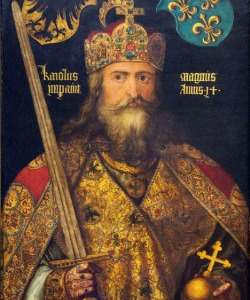 Charlemagne, also known as Charles I and Charles the Great
Charlemagne, also known as Charles I and Charles the GreatThe Capetian Dynasty: A Long Reign
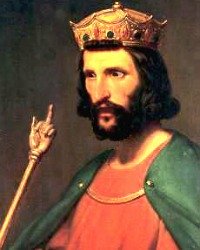 King Hugh Capet (c. 941 – 24 October 996)
King Hugh Capet (c. 941 – 24 October 996)In 987, Hugh Capet, the founder of the Capetian dynasty, became King of France. The Capetians ruled France for over 800 years, making them one of the longest-reigning dynasties in European history.
The male-line descendants of Hugh Capet ruled France continuously from 987 to 1792 and again from 1814 to 1848.
The Capetian dynasty witnessed both periods of stability and turmoil. During the 14th and 15th centuries, France was plagued by the Hundred Years' War with England. However, the Capetians eventually emerged victorious and consolidated their power.
The Valois and Bourbon Branches
The Valois branch of the Capetian dynasty ruled France from 1328 to 1589. This period was marked by significant cultural and artistic achievements, including the Renaissance. However, religious conflicts and dynastic struggles also characterized Valois rule.
The Bourbon dynasty succeeded the Valois in 1589.
The most famous Bourbon monarch was Louis XIV, known as the Sun King. His reign was characterized by absolute rule, lavish spending, and the construction of the magnificent Palace of Versailles.
The French Revolution and the End of the Monarchy
Louis XVI who was beheaded under the guillotine during the French Revolution as the last king of the house of Bourbon. When imprisoned in the Temple in Paris, his guards used to call the king Citizen (Citoyen) Louis Capet, to emphasise that without his titles he was just the same as everyone else.
Following the execution of Louis XVI, France experienced a period of instability and social and political upheaval. France experienced several changes in government during this time, including the first republic, the rise and fall of Napoleon Bonaparte and the restoration of the Bourbon dynasty.
However, the monarchy was overthrown once again in 1848, and France became a republic.
You can read more about this period of the French history in this page with a timeline of French Rulers from the Bourbons to the fifth Republic.
A Legacy of French Castles
The French monarchs, along with the nobility, left behind a remarkable legacy of castles. These magnificent structures served as both residences and fortifications, and they offer a glimpse into the lives of the French aristocracy.
From the medieval fortress of Carcassonne to the Renaissance Château de Chambord, French castles showcase a variety of architectural styles and historical periods. Many of these castles are now open to the public and attract millions of visitors each year.
Famous French Castles:
The French Chateaux
French castles come in a wide variety, from medieval castles to rococo, baroque, or renaissance palaces. A castle or castle complex is called a chateau in French. The word "chateau" is also used for a mansion and a vineyard estate. So, when you are looking to visit a castle, keep in mind that not all chateaux are palaces.
I have of course added the most famous one, the Palace of Versailles, This iconic Palace, a UNESCO World Heritage Site, is a must-see for any visitor to France. While it attracts large crowds, you can avoid long lines by booking a guided tour from Paris and skip the line!
For a more intimate experience, consider exploring lesser-known gems like the Palace of Saint Fargeau or Chateau de Fontainebleau.
These smaller palaces offer a peaceful and tranquil atmosphere, allowing you to wander freely without the crowds. Here you can pretty much wander around without encountering any other visitor.
If you are staying in Paris you can take a Loire Valley Castle Tour which wil take you to the famous Palaces Chambord, Amboise and Chenonceau in the Loire Valley, "Garden of France”.
Famous French Castle residents
French kings often had relationships outside of marriage. The king's favorite mistress was called "Maîtresse-en-titre" and had special privileges and status. Some famous mistresses, like Madame de Pompadour and Madame du Barry, had a lot of influence over the king and his court.
While many people can recall the names of these mistresses, the queens of France are often less well-known. Who can name a frenck queen, other than Marie Antoinette? This shows how complicated and sometimes scandalous royal life was.
Read the stories of famous French
royalty
here.
French Castle hotels, b&b's and campsites
Visiting a palace or castle is great, but sleeping in a royal residence is even greater!
There are many French Chateaus that are transformed into French Caste Hotels. You can stay in a bed & breakfast or rent a cottage in the garden of still inhabited palaces where your host could be the Count himself!
Another option would be to camp in the castle garden, surrounded by the charms of castle life. Whatever you choose, it will be a unique experience!
